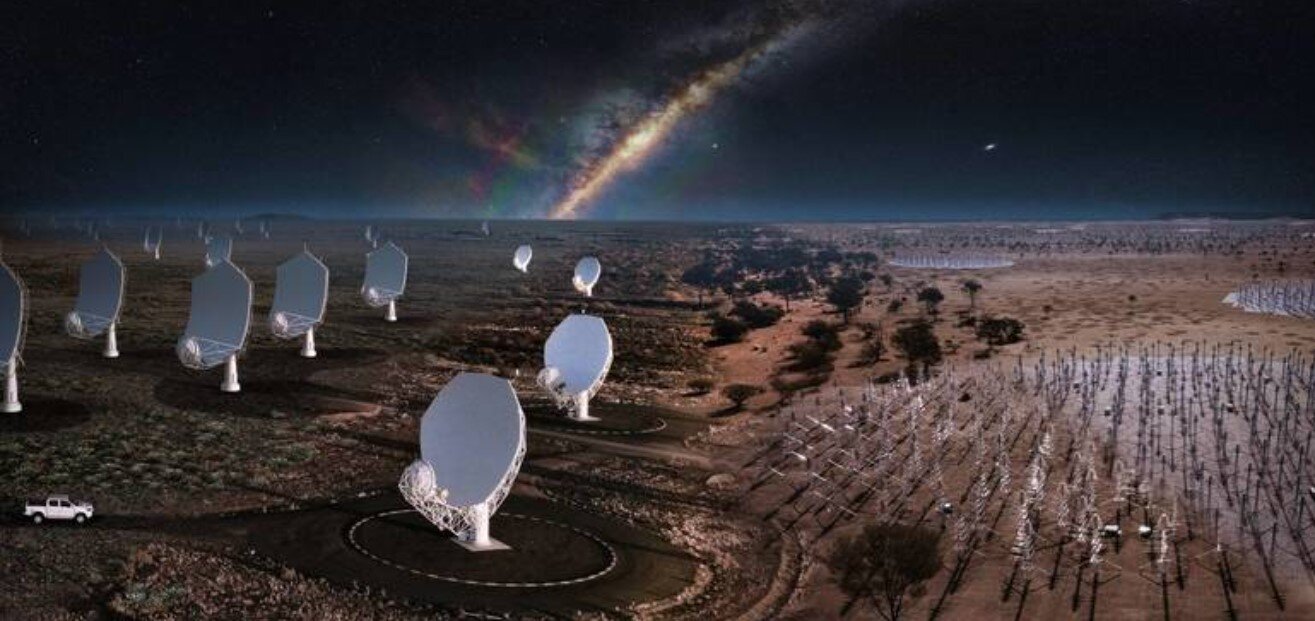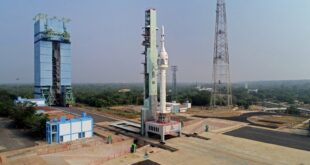
Ibadan, 5 January 2024. – The Indian Department of Atomic Energy (DAE), which is jointly funding India’s contribution alongside the Department of Science and Technology, has announced that plans are now underway to sign the Square Kilometer Array Observatory (SKAO) Convention, the intergovernmental organization’s founding treaty. The observatory had anticipated full membership as the Indian Government was a party to the negotiation of the SKAO Convention and participated in the preparatory activities that led to the creation of the Observatory in early 2021.
India’s membership in SKAO will enable the large-scale participation of the Indian industry in fulfilling its commitments towards in-kind contributions and other open tenders that the SKAO may float. Furthermore, participation in the project will open up possibilities for the development of niche skills in Indian industry and research organizations in different areas of next-generation technologies. This consequently includes modern antenna design, sophisticated cryogenic receiver systems, high-volume optical fiber data transport technology, state-of-the-art digital signal processing systems, and many more.
Speaking on the development, SKAO Director-General Prof. Philip Diamond said, “Joining the SKAO is a natural step for a country with such a strong tradition of radio astronomy research. India’s scientific ambitions are clear to see, particularly in the development of the world-class upgraded Giant Metrewave Radio Telescope (uGMRT) and recent successful space missions. I’m very happy that the SKAO is a priority for the Indian Government and that the journey towards full membership is now formally underway.”
India is positioned to supervise the development of the software necessary to monitor and control the SKA telescopes, building on NCRA’s leading role in the international Telescope Manager consortium during the critical design phase. This software will issue all the commands necessary to execute astronomical observations – akin to the human body’s neural system.
 SpaceWatch.Global An independent perspective on space
SpaceWatch.Global An independent perspective on space




